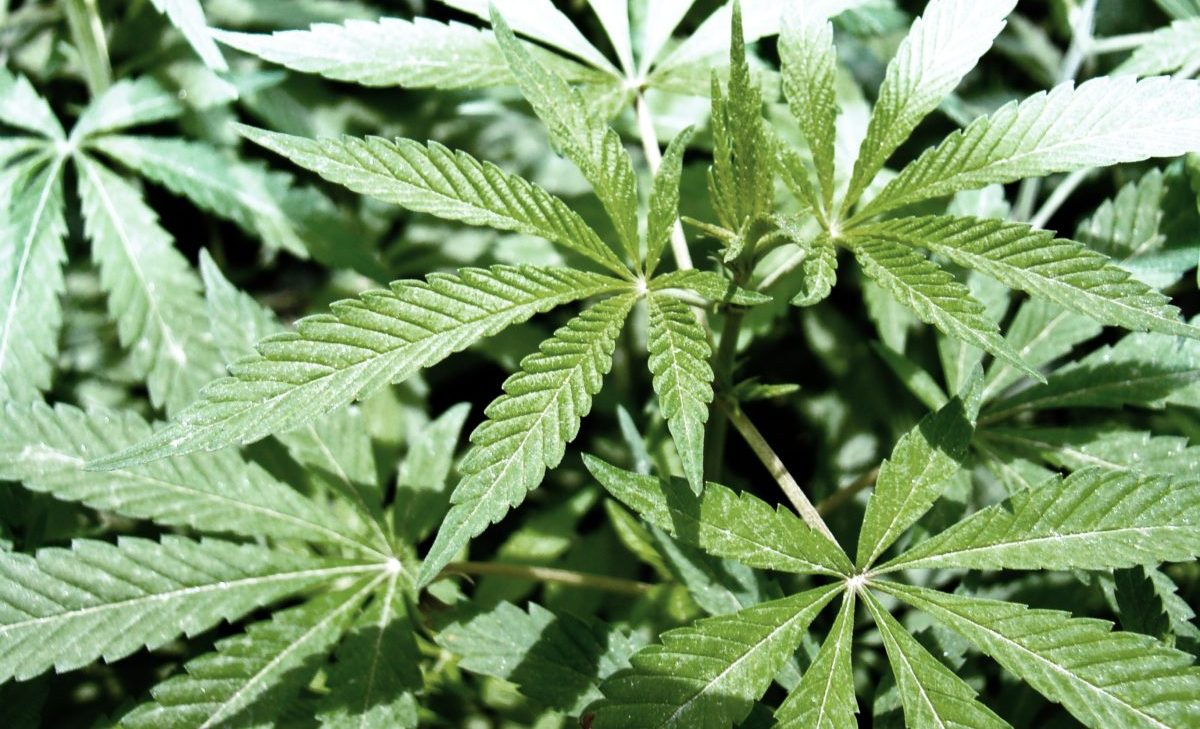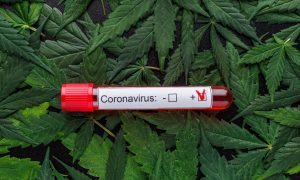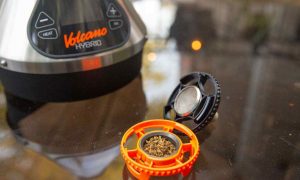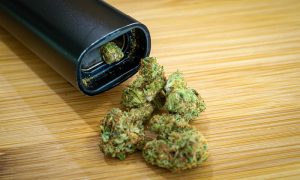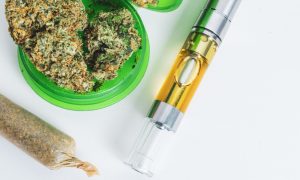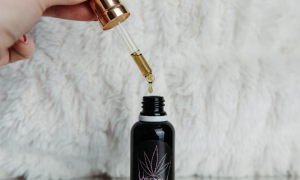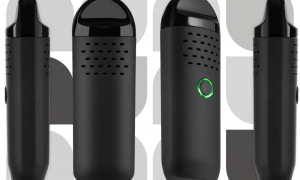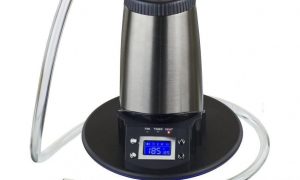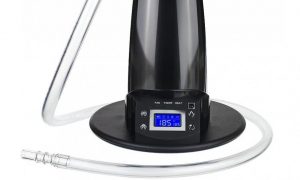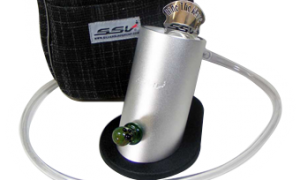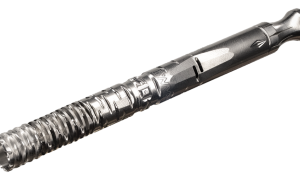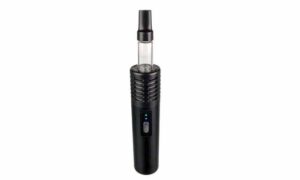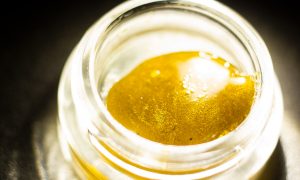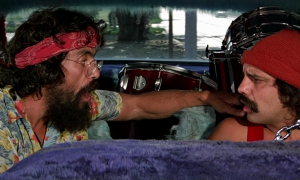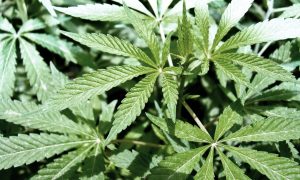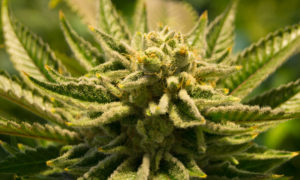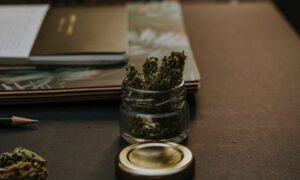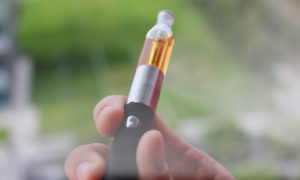As we’re all probably aware, weed is now legal in a medical capacity, and farmers can now (theoretically) get licences to grow. Expert and outspoken drug law reform advocate Alex Wodak writes about how we can actually get medical cannabis to those who need it in today’s political climate.
MORE: Dopamine speaks to Alex Wodak about injection rooms
This week minister for health Sussan Ley tabled amendments to our drugs act to allow growing cannabis for medicinal or scientific purposes.
The amendments will create two licence classes (medicine and research), limit access only to “fit and proper” Australians with no ties to crime, and allow the importation of plants and seed.
This is an important milestone intended to (re)introduce lawful medicinal cannabis in Australia, after it was prohibited some 50 years ago.
Several further steps are required before people with distressing symptoms from conditions for which conventional medicines have been ineffective can obtain some relief from medicinal cannabis. These conditions include cancer, epilepsy and multiple sclerosis.

Dr Alex Wodak
The House of Representatives and Senate are expected to approve the proposed amendments. Almost two-thirds of the community have supported medicinal cannabis for many years.
The government seems, sensibly, to prefer a single national system for medicinal cannabis rather than see eight different state and territory systems. There has been considerable negotiation between the Commonwealth, states and territories to this end. More will be needed.
What next?
First, as there is no current law allowing medicinal use of cannabis in Australia, some legal changes are needed. Under Commonwealth law, cannabis is now in Schedule 9 of the Poisons Standard, the most restricted category. This means cannabis cannot legally be used for medicinal purposes including being prescribed by a doctor.
The Commonwealth government is consulting on shifting cannabis from Schedule 9 (Prohibited Substance) to Schedule 8 (Controlled Drugs) to enable the drug to then be prescribed by doctors for patients. This may also require the states and territories to undertake some similar changes. The government is also ensuring the provision of medicinal cannabis will not breach Australia’s international drug treaty obligations.
Second, decisions are needed about how medicinal cannabis will have to be stored. Restricting medicinal cannabis only to hospital pharmacies will severely limit utilisation of the drug. But there is still some resistance to community pharmacies being allowed to store it. Unless lawful medicinal cannabis is made reasonably accessible, including in community pharmacies, current strong demand will continue to be met largely by an unregulated black market.
Third, decisions will have to be made about the sorts of patients allowed to be prescribed medicinal cannabis, about the doctors allowed to prescribe the drug, whether any training would be required before doctors are approved and what formulations of medicinal cannabis will be allowed.
Some are confident all of these matters will be resolved before the end of the year, enabling a system of routine care involving medicinal cannabis to commence operating in 2016.
But this will require action from the Commonwealth to engage with GPs and pharmacists through their professional bodies to identify and resolve outstanding issues with the supply chain at the point where it should be delivering to patients. Several research projects involving medicinal cannabis in NSW, Queensland and Victoria will commence soon.
One of the unresolved problems is the eight state/territory drug driving laws. These enable police to perform roadside testing of oral fluid for THC (cannabis), methamphetamine and MDMA.
MORE: No changes to RDT laws despite medicinal cannabis
No proof of driving impairment is required to support a conviction by the courts. Penalties for convicted drivers in some jurisdictions are quite severe involving a fine of over $1,000 and a driving license disqualification of six months.
For elderly people from rural areas dying of cancer, these are very significant penalties. At present, there are no plans to amend the drug driving laws for people lawfully taking medicinal cannabis under medical direction.
Decriminilasing cannabis?
Ley said the legislation tabled did not relate to the decriminalisation of cannabis for general cultivation or recreational use adding:
“If states wish to decriminalise cannabis, then that’s entirely a matter for them.”
This is a very significant statement for several reasons.
First, it recognises the reality that in many of the countries that have allowed medicinal cannabis, a debate has soon developed about regulating the recreational use of the drug with growing community support soon forcing politicians to allow regulation.
Second, it seems to accept that while the decision to start allowing medicinal cannabis is separate from any decisions regarding the prohibition of recreational use, how lawful medicinal cannabis is provided cannot be considered without also taking into account the recreational use of the drug. The more restricted the availability of medicinal cannabis, the more patients will utilise unregulated black market supplies and vice versa.
The good news is that the process of providing legislative and policy framework for lawful medicinal cannabis in Australia has at long last started. But we still do not know when and how that framework will operate.
—
Alex Wodak, Emeritus Consultant, St Vincent’s Hospital, Darlinghurst. This article was originally published on The Conversation. Read the original article.

